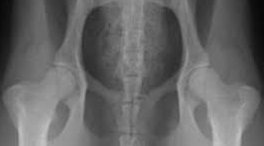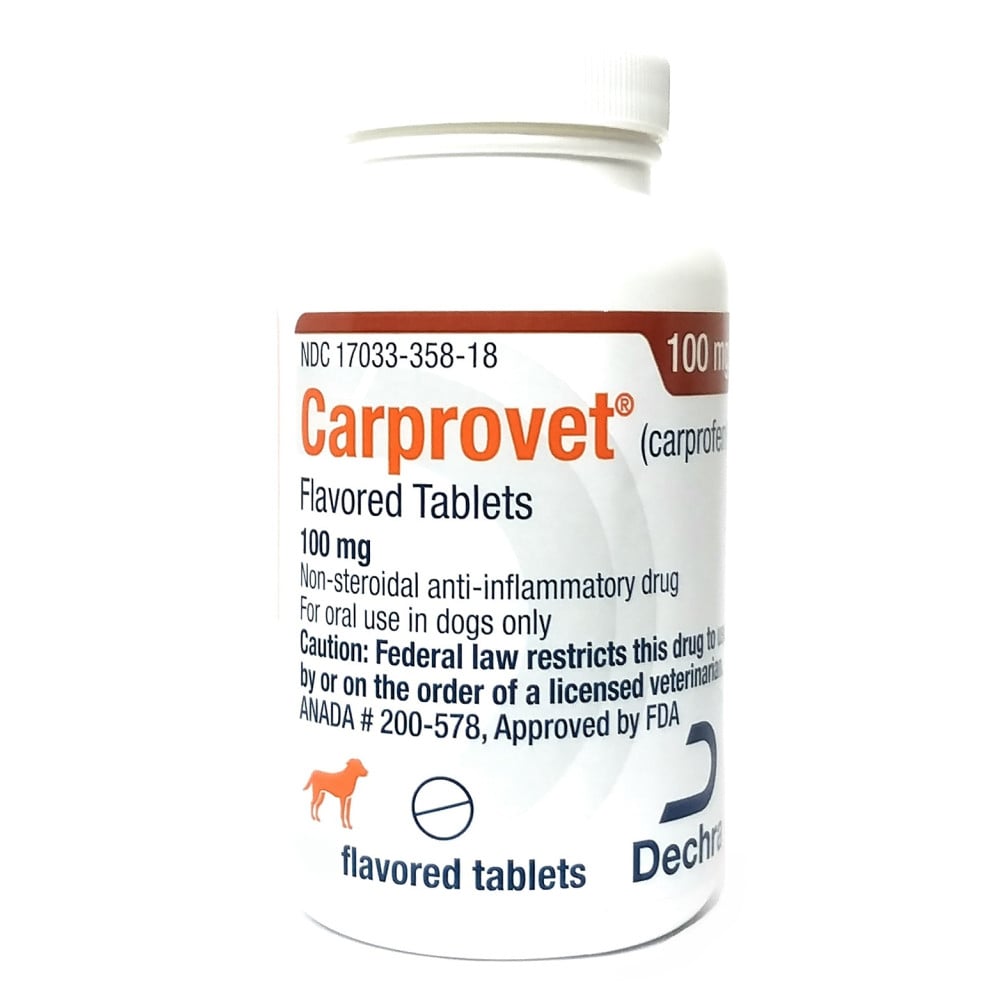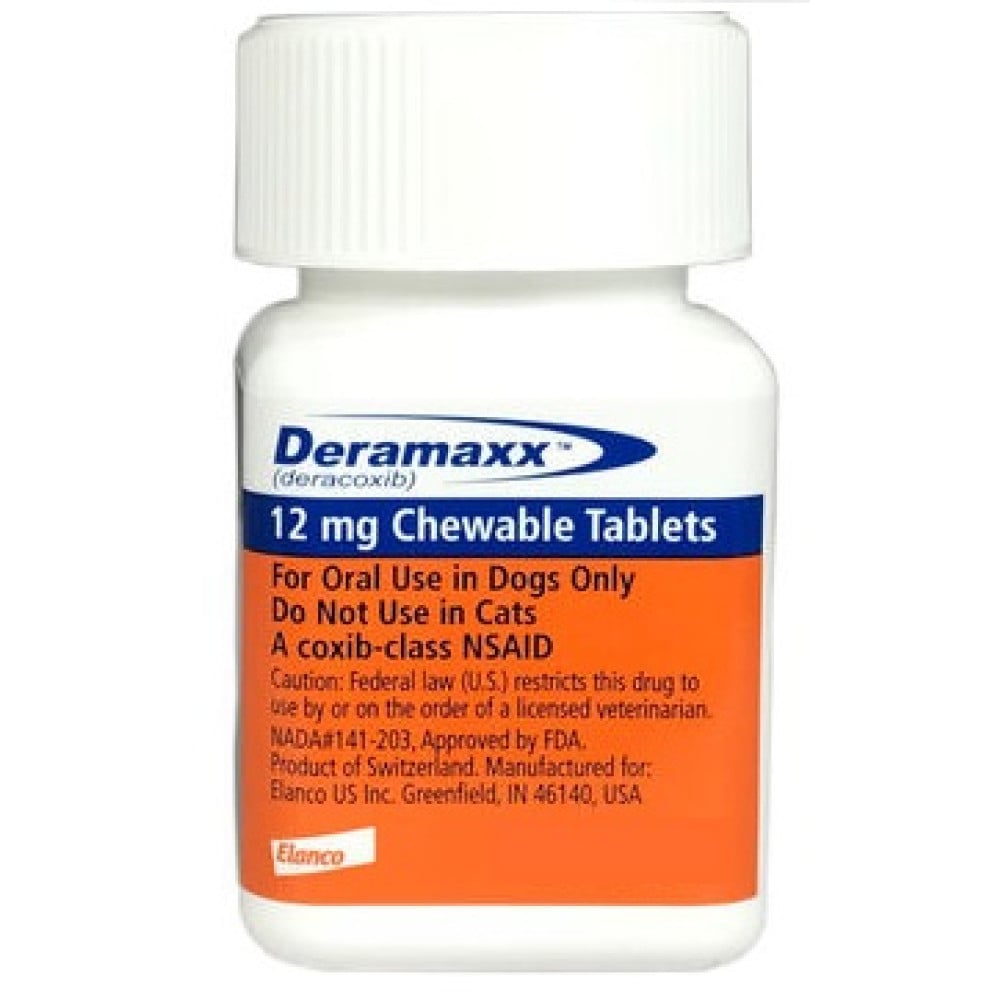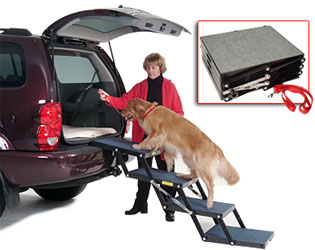Canine Hip Dysplasia in Dogs
The hip joint is composed of the ball and the socket where the leg meets the pelvis. Multiple genes are involved and hip dysplasia is the failure of the hip joints to develop normally (known as malformation), gradually deteriorating and leading to pain or loss of function of the hip joints. Hip dysplasia is one of the most common skeletal diseases seen in dogs. Gender does not seem to be a factor, but large and giant breeds are most commonly affected, including the Great Dane, Saint Bernard, Labrador Retriever, and German Shepherd. Not as common, but small breed dogs can also be affected - though they are less likely to have pain or severe lack of function. Hip dysplasia often begins while a dog is still young and physically immature. It can begin as early as 4 months, or later develop due to osteoarthritis, a form of joint inflammation that causes deterioration, or degeneration of the joint cartilage.
How do you know if your dog has hip dysplasia?
The severity of the symptoms will depend on the degree of joint looseness or laxity , the degree of joint inflammation, and the duration of the disease. Some dogs never show any signs and get along just fine....others can become very crabby and touchy from the aches and pains. Some of the symptoms include:
- Difficulty rising
- Reluctance to run, jump, or climb stairs
- Decreased activity
- Intermittent or persistent hind-limb lameness , often worse after exercise
- “Bunny-hopping," or swaying gait
- Narrow stance in the hind limbs (back legs unnaturally close together)
- Pain in hip joints
- Joint looseness or laxity early on
- Grating detected with joint movement
- Decreased range of motion in the hip joints
- Loss of muscle mass in thigh muscles
- Enlargement of shoulder muscles due to front muscles "taking up the slack" to avoid putting weight on hips
Dogs with canine hip dysplasia are also more likely to have shoulder arthritis as well. Dogs with painful hips throw their weight forward onto their shoulders. This stress induces arthritis of the shoulder.
Hip dysplasia in dogs is diagnosed with X-rays. Because your dog must rest perfectly still for these X-rays, he or she will be anesthetized.
Your veterinarian can diagnose canine hip dysplasia based on the X-rays, but only a certified radiologist can fill out forms that declare your dog is free of hip dysplasia. These radiologists work with the Orthopedic Foundation for Animals (OFA) or the University of Pennsylvania Hip Improvement Plan (Penn HIP) to determine the level of hip quality rating them dysplastic, poor, fair, good and excellent.
Managing Hip Dysplasia in Dogs
Because the condition is inherited, there’s no cure for hip dysplasia. But the good news is, there are many effective ways to treat and manage it! Here are some common treatments and habits that can help your pooch stay happy and healthy:
- Exercise. Regular, low-impact activity such as swimming or leash-walking will help reduce some of the pain in your dog’s joints. It will also lead to increased tendon and muscle strength. Walk the pup away from hard surfaces like concrete or asphalt, grass is best. It’s hard on the joints and might do more harm than good.
- Physical therapy can really help reduce your dog’s pain and increase his mobility. From massages to hydrotherapy – the use of underwater treadmills – physical therapy can be a great option. Before starting, be sure to talk with your veterinarian who knows your dog’s limitations.
- Joint prescription diets or formulas, recommended by your veterinarian, can help decrease inflammation and promote cartilage healing.
- Pain medications, like NSAIDs (non-steroidal anti-inflammatory drugs), to reduce pain - never give with steroids as this can be a deadly combination..
- Vitamin supplements those with fish oil, glucosamine, MSM, chondroitin and omega acids can help rebuild the cartilidge in joints.
- A dog-friendly environment using ramps or easy steps to help your dog into a car, bed, or around the house. Limit your dog’s movement up and down steps. Soft mattresses work well too, and a heated dog bed in cold weather can be great. Be careful with regular heating pads, as they can get very, very hot and burn your dog.
- Acupuncture as an ancillary therapy may provide additional benefit in some patients.
- Surgery can help in many cases. Various surgical procedures have been described including juvenile pubic symphysiodesis and total hip replacement. Your veterinarian will advise you of the various surgical procedures, if an option for your pet, and refer you to a veterinarian who is a board certified specialist in hip surgery.
- Juvenile pubic symphysiodesis . A short, simple surgical procedure for very young puppies in breeds with a high likelihood of developing hip dysplasia. It is a preventive procedure, often combined with a neuter or spay.
- Total hip replacement. This is an option in dogs with especially severe hip dysplasia and can really increase quality of life if successful.
- Braces, Slings, Supports. Various slings, braces and supports are available to make the dog more comfortable either waiting for surgery, or as a permanent form of assistance to alleviate pain and movement issues.
With the right mix of pain medications, support braces or therapy a mildly dysplastic dog can live a good life. If the dysplasia is more severe, surgery may be necessary - and it is expensive. End-stage hip dysplasia (where pain is poorly controllable and near-complete immobility results) only has one good treatment: a total hip replacement, which is by far the most expensive surgical approach to hip dysplasia. The only other option at this point is euthanasia. Hip replacements (in which the entire joint is replaced with artificial components made specifically for pets) go from $3,500 a hip (the very lowest I’ve ever heard) to about twice that. And because so many sufferers are bilaterally affected, a two-sided hip replacements is usually better than its unilateral version. That’s $7,000 to about $14,000.
Compared to the human version, however, this highly specialized procedure (almost always performed by a team of board-certified veterinary surgeons who are additionally schooled and certified in this approach) costs less than a tenth of its human equivalent and it's basically the same surgery (except that you likely have insurance and your dog does not). If this is a possibility down the road, it may pay to get some pet insurance now, to defray the cost...but do check out the policy as many insurers don't cover, or selectively cover things like hip surge.
Surgical Options with Hip Dysplasia
If you catch it early, before muscle loss from lack of mobility and osteoarthritis sets in, you have more options.
Triple Pelvic Osteotomy (TPO) This method is best for dogs that have been diagnosed with hip dysplasia before major signs are present (pups, in particular). It cuts the pelvis in three places so that the ball of the femur lines up better with the socket of the hip joint.
Femoral Head Osteotomy (FHO) This approach cuts off the head of the femur, preventing painful rubbing in the joint and allowing the muscles in the are to pick up the slack. This is also best for pets who still have a lot of muscle in the area.
Juvenile Pubic Symphysiodesis (JPS) Though not commonly employed, this method aims to intervene early––very early––at 12 to 16 weeks of age. The goal is to fuse the bones of the pubis (on the pelvis) before they close naturally. This changes the alignment of the hip sockets so they can hook up with the ball part of the joint in a more natural way. Unfortunately, the success rate for this surgery is not that great.. Moreover, the 12 to 16 week limit makes it an impractical option for those who only learn later that their dogs are affected. Most severe hip dysplasia is not diagnosed until 4 to 6 months.
Dysplastic hips 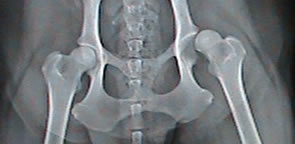 healthy hips
healthy hips 